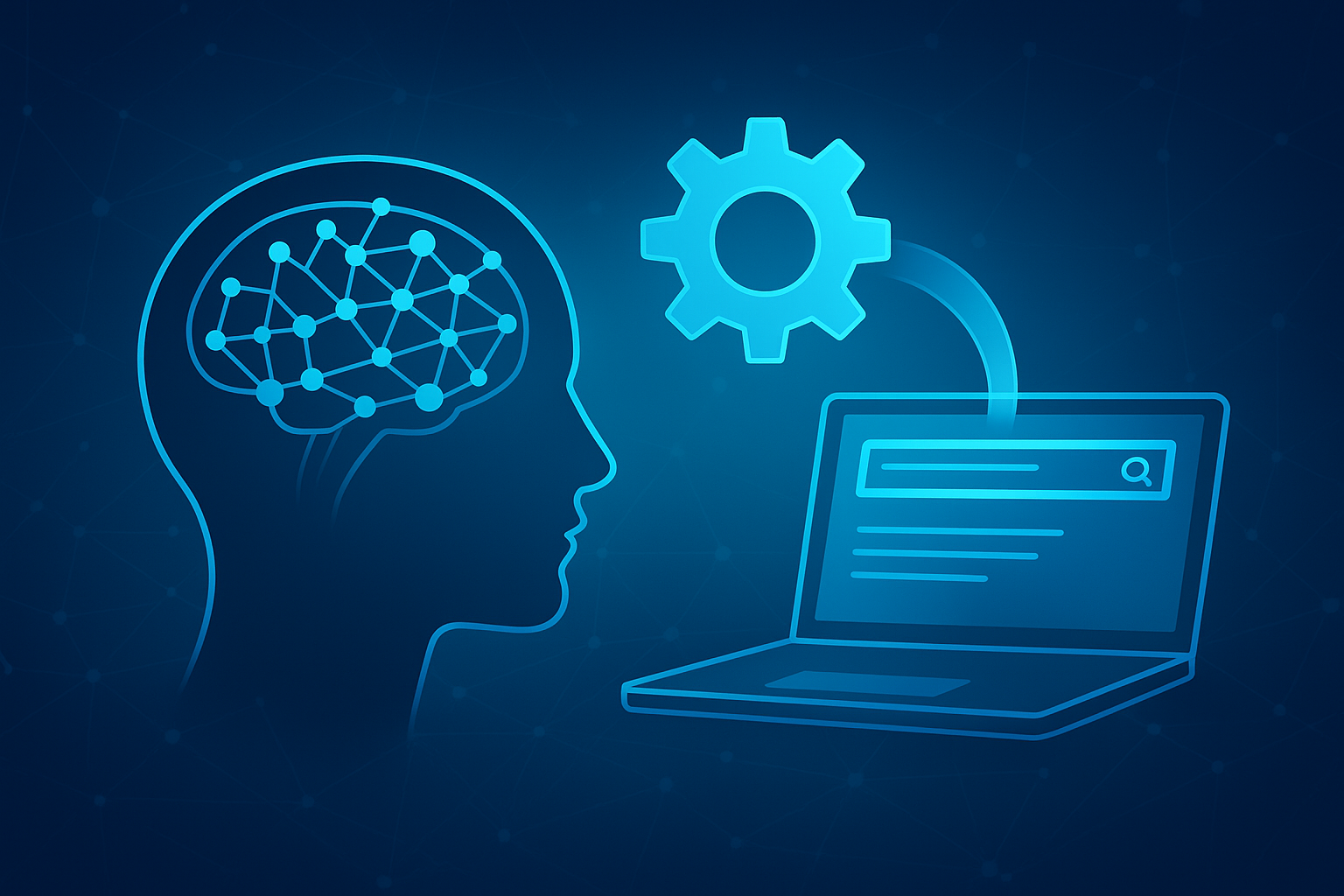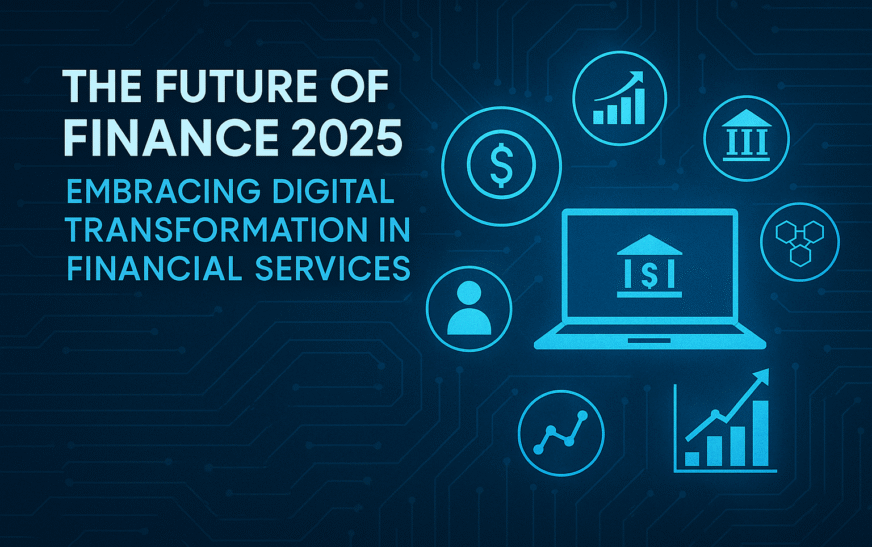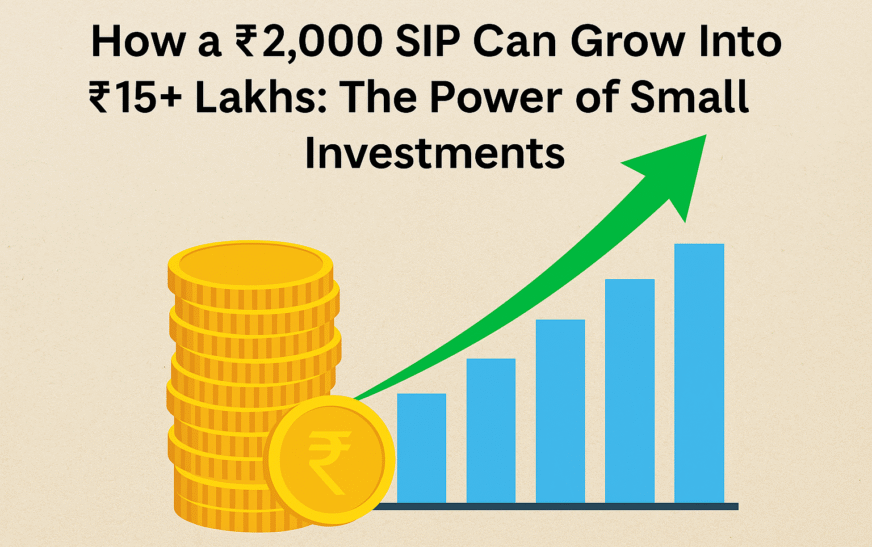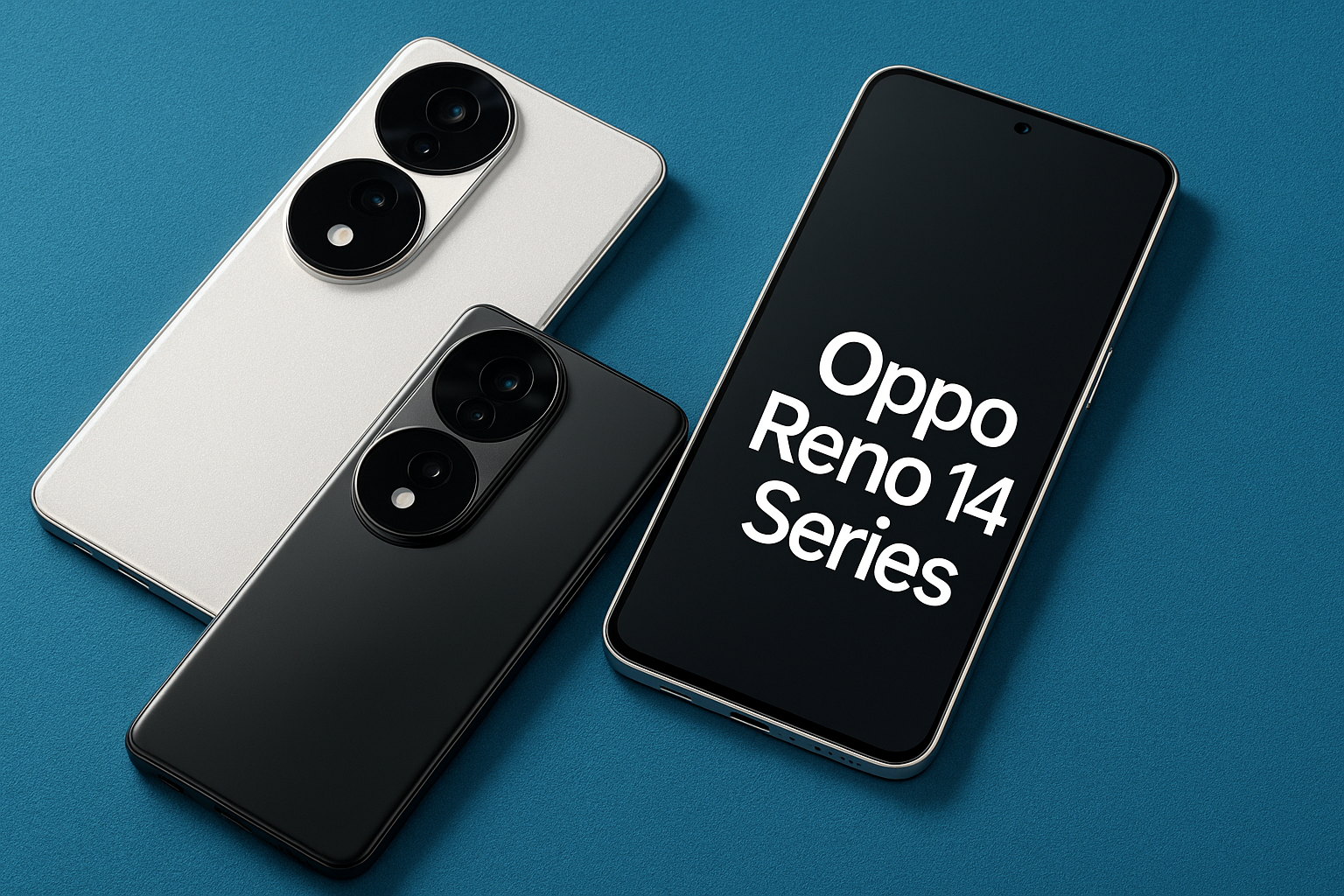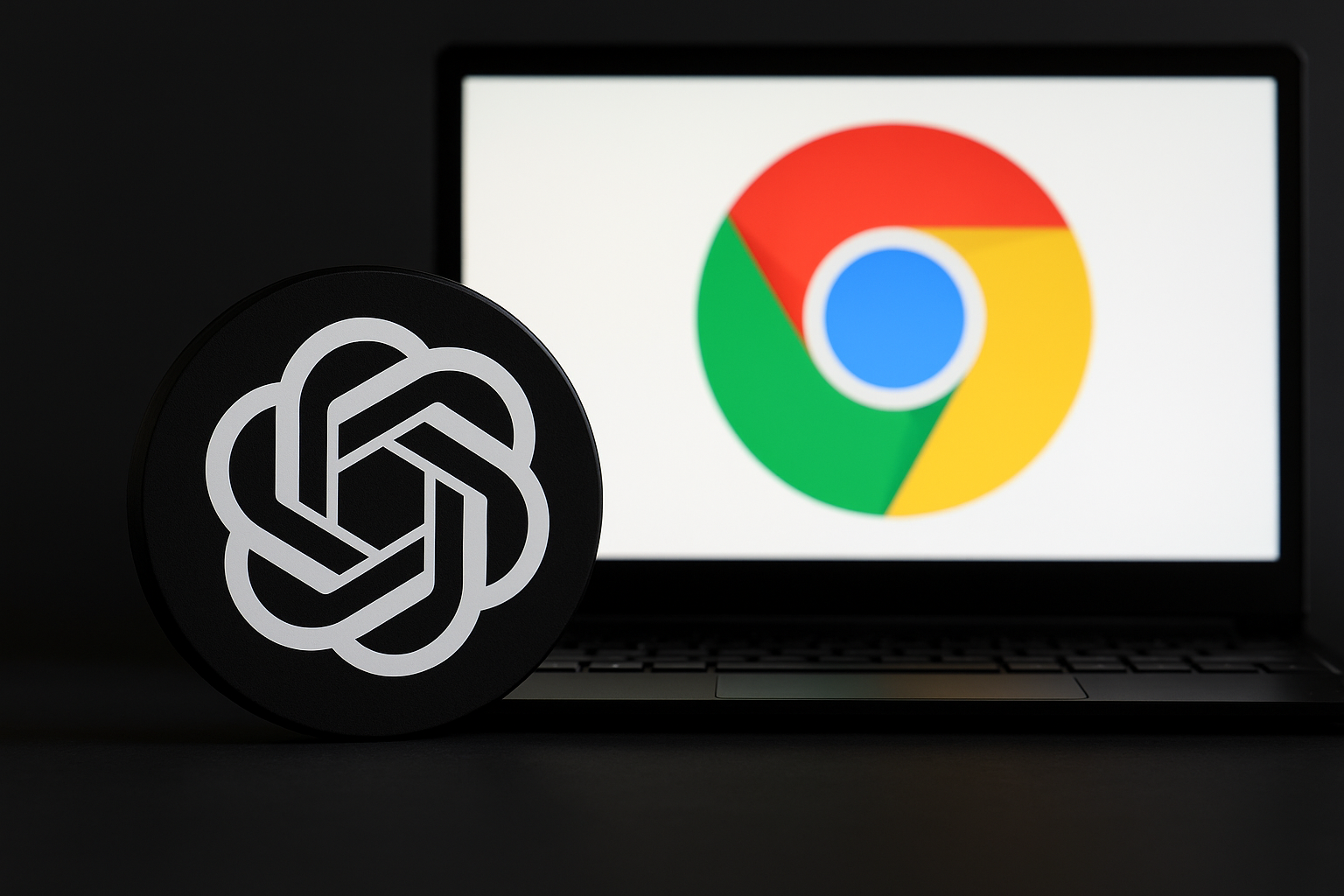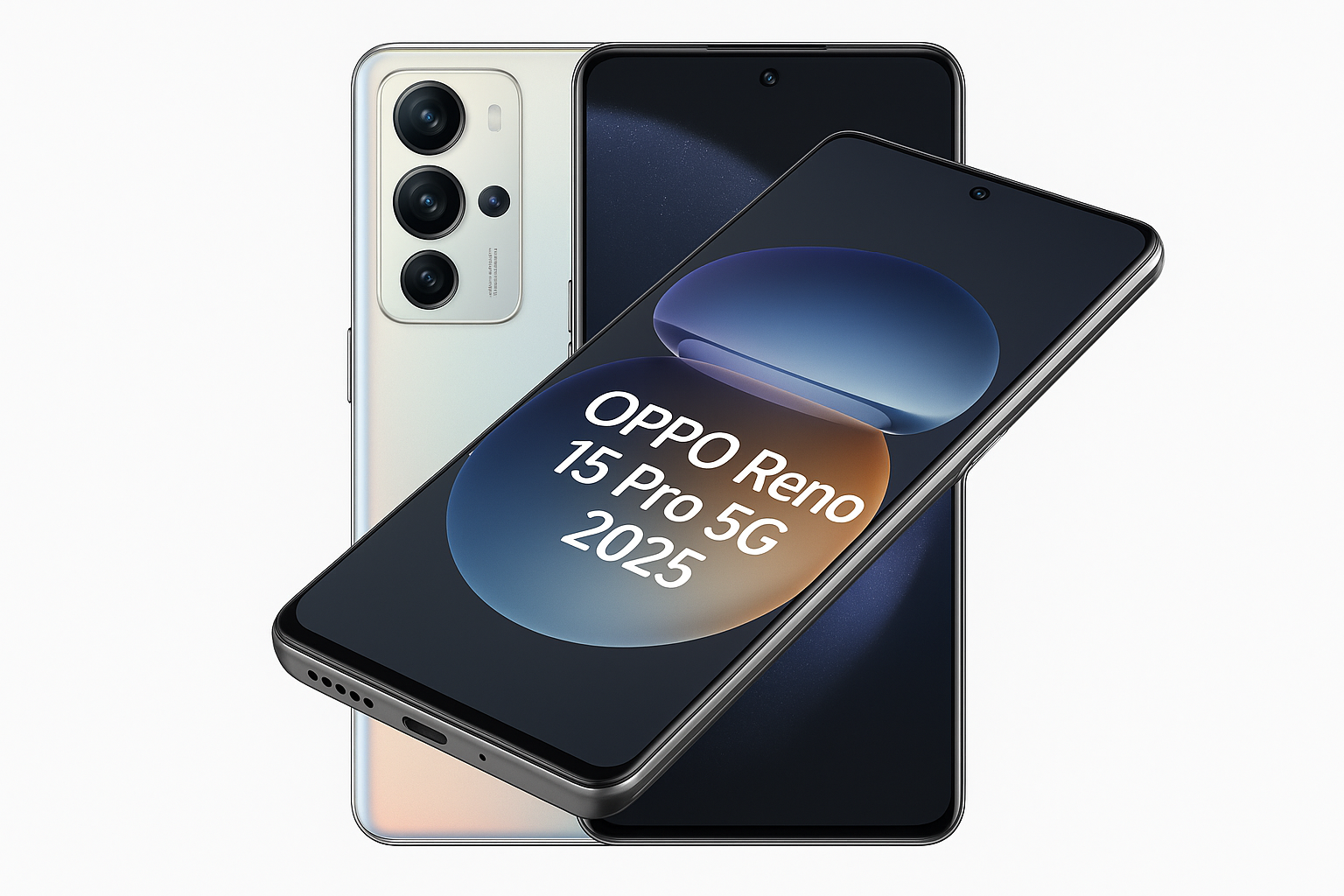The future of communication is rapidly evolving as new technologies and trends redefine how we interact, share information, and build relationships. As we move into 2025, businesses, governments, and individuals alike are embracing advanced communication technology to create faster, more reliable, and more immersive experiences. In this article, we’ll explore the emerging communication trends shaping our world, the role of cutting-edge tools, and what the next generation of communication will look like.
1) The Rise of Real-Time, Personalised Communication
In 2025, it is all about personalisation and real-time delivery. Customers expect instant responses and tailored interactions. Companies are using artificial intelligence (AI) and machine learning to analyse customer behaviour and deliver personalised content across channels.
Chatbots and virtual assistants are becoming smarter, providing human-like support 24/7. Meanwhile, advanced CRM systems integrate social media, email, SMS, and phone channels to ensure a seamless, consistent customer experience.
2) Communication Technology Driving Connectivity
Communication technology is the backbone of our connected world. In 2025, 5G networks will be widespread, offering ultra-low latency and high-speed connections that power everything from video conferencing to Internet of Things (IoT) devices. The rollout of 6G research is already underway, promising even faster speeds and lower power consumption.
Video calls are now the norm for work, education, and socialising, but they’re also evolving. Technologies like augmented reality (AR) and virtual reality (VR) are creating immersive meeting spaces where participants feel truly present, regardless of physical distance. For instance, virtual conferences with 3D avatars and interactive environments are replacing static Zoom calls.
3) The Impact of Artificial Intelligence on Communication
AI plays a critical role in shaping the future of communication. Natural language processing (NLP) enables real-time translation, breaking down language barriers and supporting global collaboration. AI-driven sentiment analysis helps businesses gauge customer mood and adjust messaging accordingly.
Generative AI tools are automating content creation—from marketing emails to social media posts—saving time and ensuring brand consistency. AI-powered analytics deliver insights into customer engagement, making it easier to refine communication strategies for maximum impact.
4) Emerging Communication Trends for Businesses
Among the emerging communication trends in 2025, one major shift is toward unified communication platforms that combine chat, voice, video, and project management in a single app. Tools like Microsoft Teams and Slack are evolving to become central hubs for collaboration, integrating AI features that summarise meetings and suggest next steps.
Employee communication is also transforming, with asynchronous communication gaining popularity. Companies with distributed teams are embracing tools that allow employees to respond on their schedules, improving work-life balance and reducing burnout.
Another trend is the focus on security and privacy. With more data being shared online, end-to-end encryption and robust authentication methods are essential. Businesses must invest in secure communication channels to protect sensitive information and maintain customer trust.
5) The Consumer Perspective: Always Connected
From a consumer standpoint, it means being constantly connected but also more discerning about how and when to engage. Social media platforms are integrating shopping, payments, and customer service, blurring the lines between communication and commerce.
Consumers also demand transparency and authenticity. Brands must communicate openly, respond quickly to feedback, and build trust through consistent, honest messaging. Influencer marketing is evolving toward micro-influencers with niche audiences, who deliver more authentic and engaged interactions.
6)The Role of IoT and Smart Devices
Communication technology in 2025 is closely tied to the growth of IoT and smart devices. From smart speakers to connected cars, devices are communicating with each other and with us seamlessly. Voice assistants like Alexa and Google Assistant are central hubs for managing smart homes, sending messages, making calls, and accessing information hands-free.
Wearable technology, including smartwatches and AR glasses, enables constant connectivity without the need to check a phone. These innovations offer opportunities for brands to deliver contextual, relevant messaging at the perfect moment.
Conclusion: Preparing for the Future of Communication
It is being shaped by an explosion of innovation and emerging communication trends that prioritise speed, personalisation, security, and seamless experiences. As businesses and individuals adapt, investing in the right communication technology will be crucial for success. Whether it’s AI-driven chatbots, immersive VR meetings, or always-on IoT devices, the ways we connect in 2025 will be more dynamic, interactive, and human than ever before.
By understanding and embracing these changes, organisations can build stronger relationships with customers and employees alike, ensuring they stay ahead in a rapidly evolving digital world.
Also, read the number of articles on Digitally Mannu, where you can connect with us.




